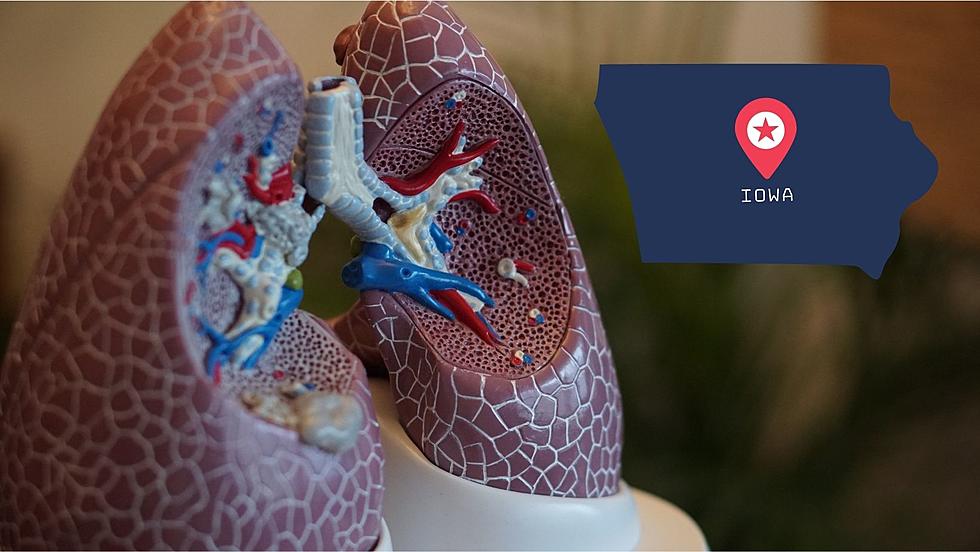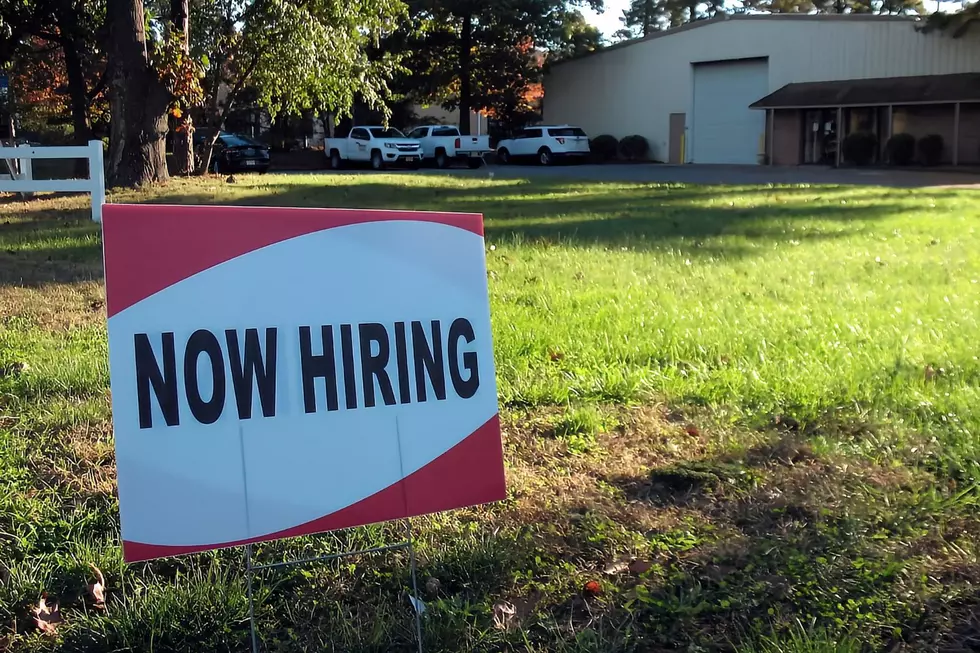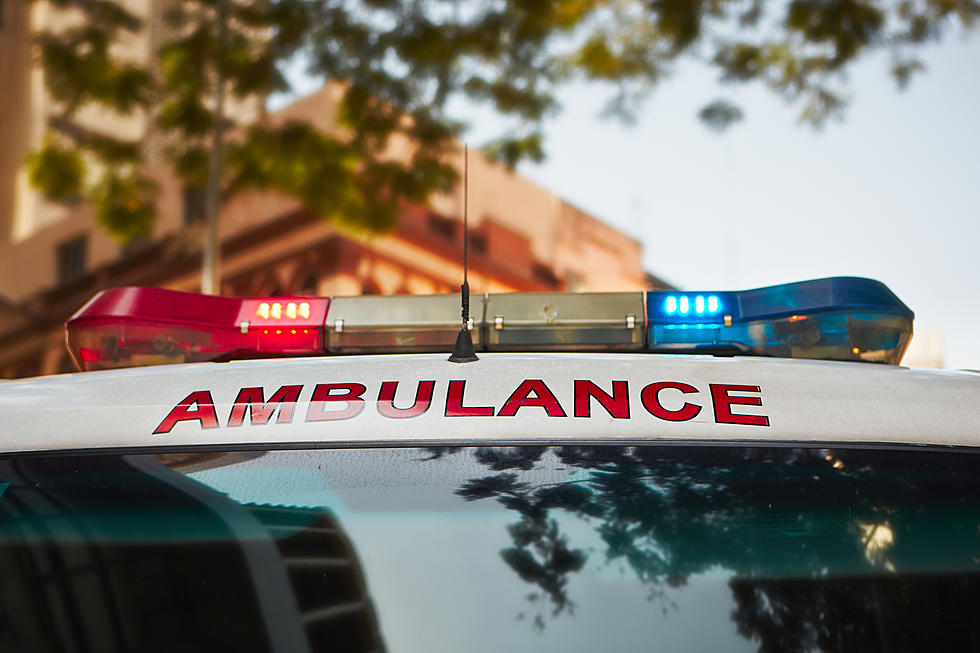
Iowa’s Lung Cancer Rates Are Higher Than Average by 10%. But Why?
It's been well-established since the 1950s that smoking cigarettes can cause lung cancer and other breathing and health issues.
Just because we've been aware of the problem for 80+ years, doesn't lung cancer has gone away, nor that it can still do irreparable damage.
As shared by KCCI, lung cancer rates in the Hawkeye State are nearly 10% higher than the national average.
And with what may be contrary to popular belief, considering what may be contributing factors to being diagnosed with cancer, it's pretty easy to get screened. The report adds this: "People at risk have to meet certain criteria for insurance to cover the scan. They must have smoked at least a pack of cigarettes per day for 20 years or more, be older than 50 years old, and must have not quit smoking more than 15 years ago. The recommendation is for people who are eligible to get screened once a year."
And if the screening results in a positive diagnosis, there's a 60% chance of surviving cancer for five years after diagnosis.
Though criteria are outlined for smokers to get their screening paid for by insurance coverage, those who haven't been smokers have to pay out of pocket. That deters most people from getting the preventative screening done.
According to Dr. Shrey Velani with MercyOne, only 11% of eligible patients make appointments to be screened.
She added this as to why folks don't tend to get screened, even though they should:
There's a little bit of stigma around the use of tobacco. People who use tobacco feel like it's something they do and not mention to people who are not forthcoming to the habit.
Though smoking is the main contributing cause of lung cancer, non-smokers may be diagnosed with the disease.
"Researchers estimate that secondhand smoke contributes to about 7,300 and radon to about 2,900 of these lung cancers," according to the CDC.
Most people know what secondhand smoking is, but to elaborate, the CDC defines it as "Secondhand smoke is the combination of smoke from the burning end of a cigarette and the smoke breathed out by smokers. Secondhand smoke contains more than 7,000 chemicals, of which hundreds are toxic and about 70 can cause cancer."
This is what the EPA says about radon: "Radon is a naturally-occurring radioactive gas that can cause lung cancer. Radon gas is inert, colorless, and odorless. Radon is naturally in the atmosphere in trace amounts. Outdoors, radon disperses rapidly and, generally, is not a health issue. Most radon exposure occurs inside homes, schools and workplaces. Radon gas becomes trapped indoors after it enters buildings through cracks and other holes in the foundation. Indoor radon can be controlled and managed with proven, cost-effective techniques."
Here are several other statistics regarding radon, secondhand smoke, and lung cancer, per the EPA:
Radon is the number one cause of lung cancer among non-smokers, according to EPA estimates. Overall, radon is the second leading cause of lung cancer. Radon is responsible for about 21,000 lung cancer deaths every year. About 2,900 of these deaths occur among people who have never smoked.
Secondhand smoke is the third leading cause of lung cancer and responsible for an estimated 3,000 lung cancer deaths every year. Smoking affects non-smokers by exposing them to secondhand smoke. Exposure to secondhand smoke can have serious consequences for children’s health, including asthma attacks, affecting the respiratory tract (bronchitis, pneumonia), and may cause ear infections.
Most Commonly Used Drugs in Iowa
Homes for Sale in Cedar Falls/Waterloo Under $150,000K
More From AM 950 KOEL









